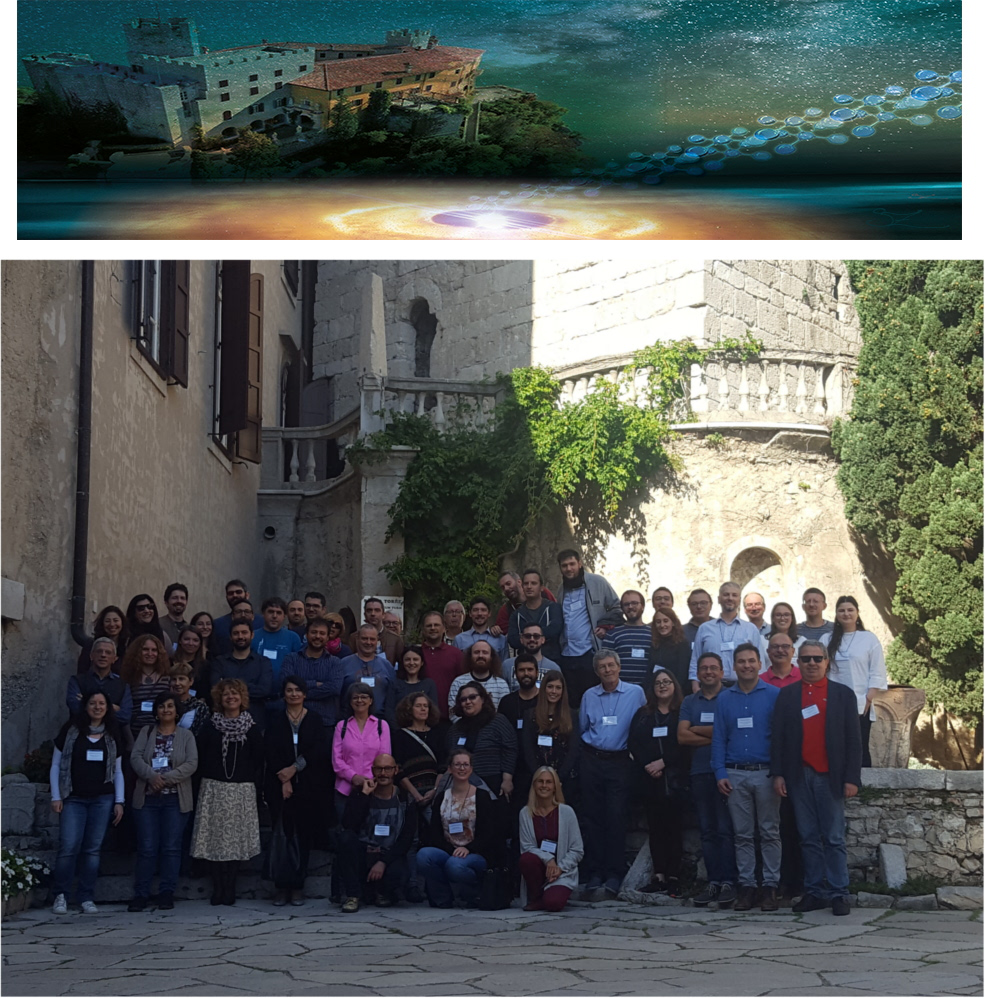Speaker
Description
A key open question in astrochemistry is how chemical complexity increases during the formation process of Sun-like stars from prestellar cores to protoplanetary disks and ultimately to planets. Is the chemical composition of planets inherited from the prestellar and protostellar stages? Or does it reflect chemical processes occurring in the disk? Are organics efficiently formed in disks and by what mechanism(s)?
The chemistry of disks is difficult to probe observationally due to their small sizes (~100 au) and to the low gas-phase abundance of (complex) organic molecules (COMs) (down to 1e-12). It is only with the advent of millimetre interferometers such as ALMA that we started to unveil the disks molecular content at unprecedented angular resolution and sensitivity.
ALMA observations of the protoplanetary disk of DG Tau in the Taurus star forming region allowed to recover the spatial distribution and the abundance of the H$_2$CO, CS, and CN molecules at ~20 au resolution. The CS and H$_2$CO molecules show a ring of emission at the edge of the millimetre dust continuum. This suggests: (i) efficient formation of organic molecules by CO hydrogenation on the grain surfaces beyond the CO snowline (T $< 20$ K at R $>30$ au); (ii) enhanced desorption of organics and S-bearing molecules in the outer disk caused by increased UV penetration and/or temperature inversion; (iii) a CH$_3$OH/H$_2$CO abundance ratio $<1$ in agreement with the predictions of disk chemistry models. Moreover, the “molecular-ring” is located beyond a “dust-ring”, with a change of orientation of the continuum polarization, supporting a tight link between the disk chemistry and the dust properties.
This pilot project paves the way to a large campaign to characterise the molecular content of protoplanetary disks and to comprehend the organic composition inherited by the planets assembled in the disks.

